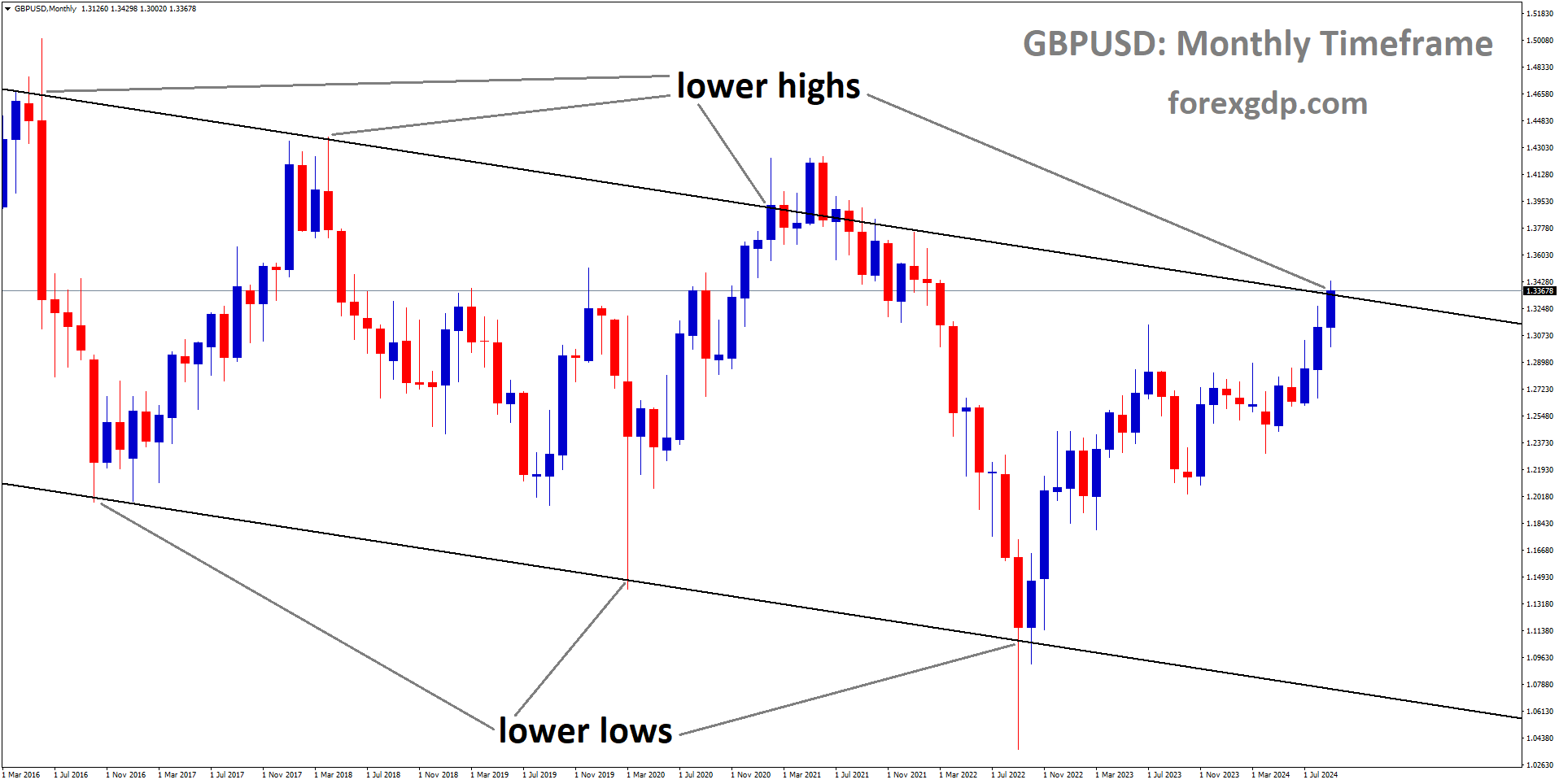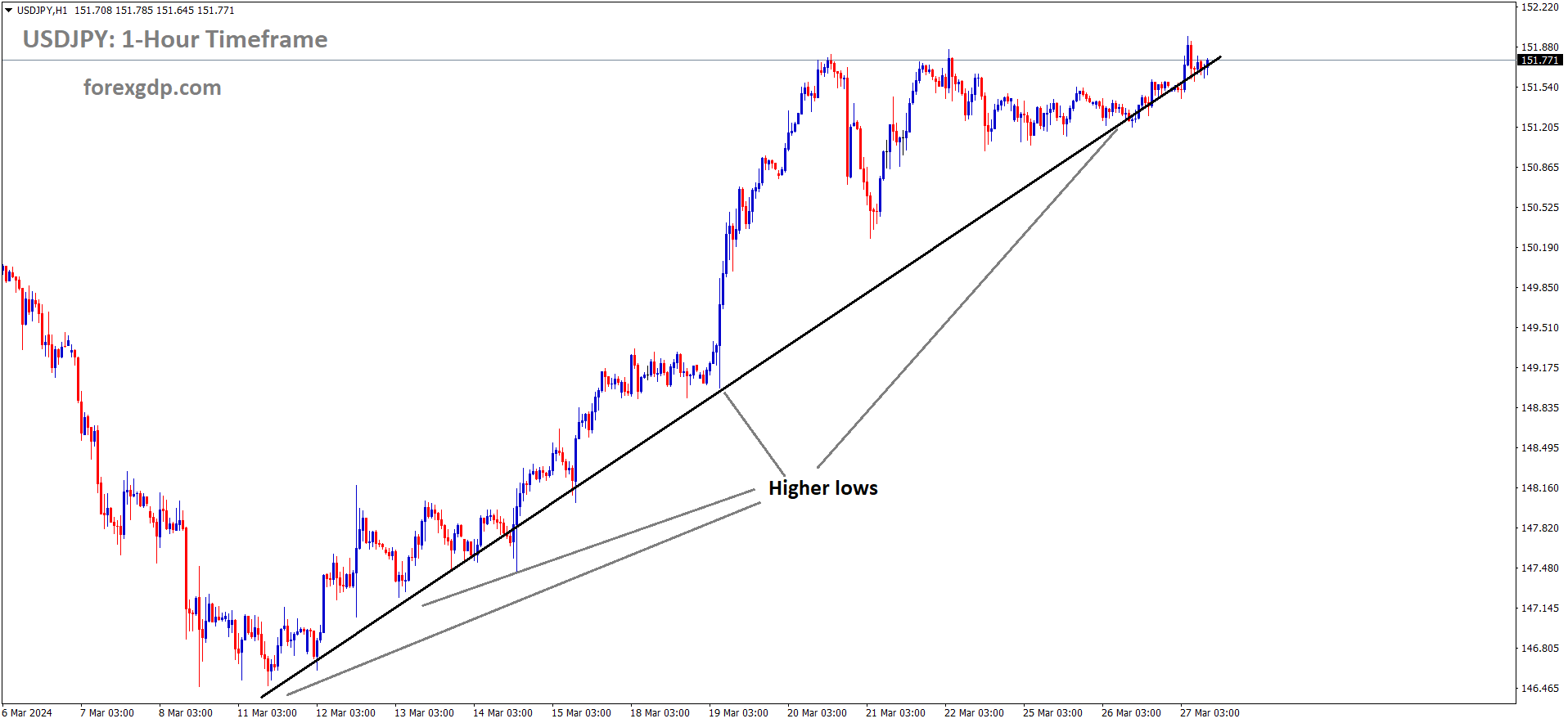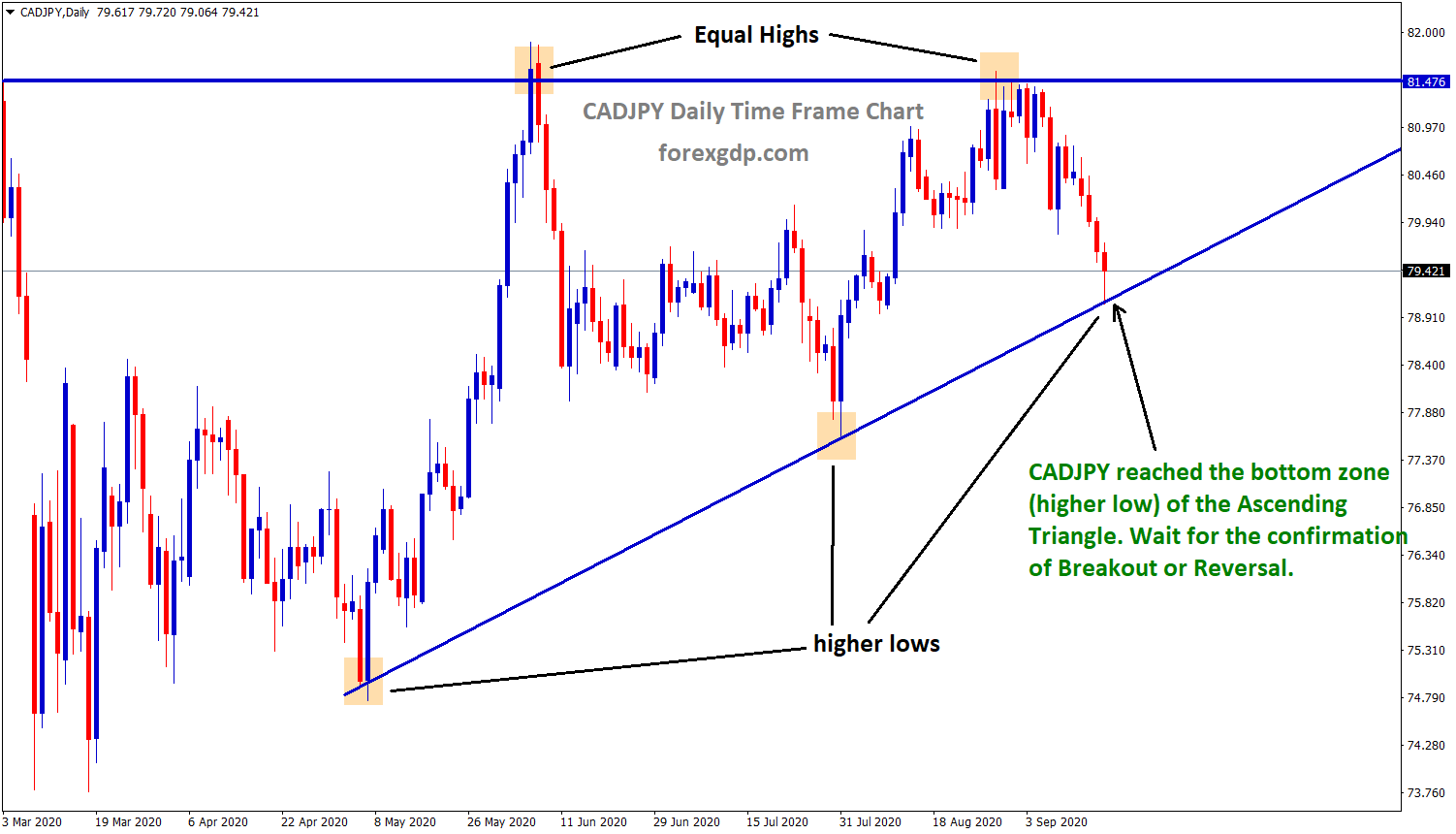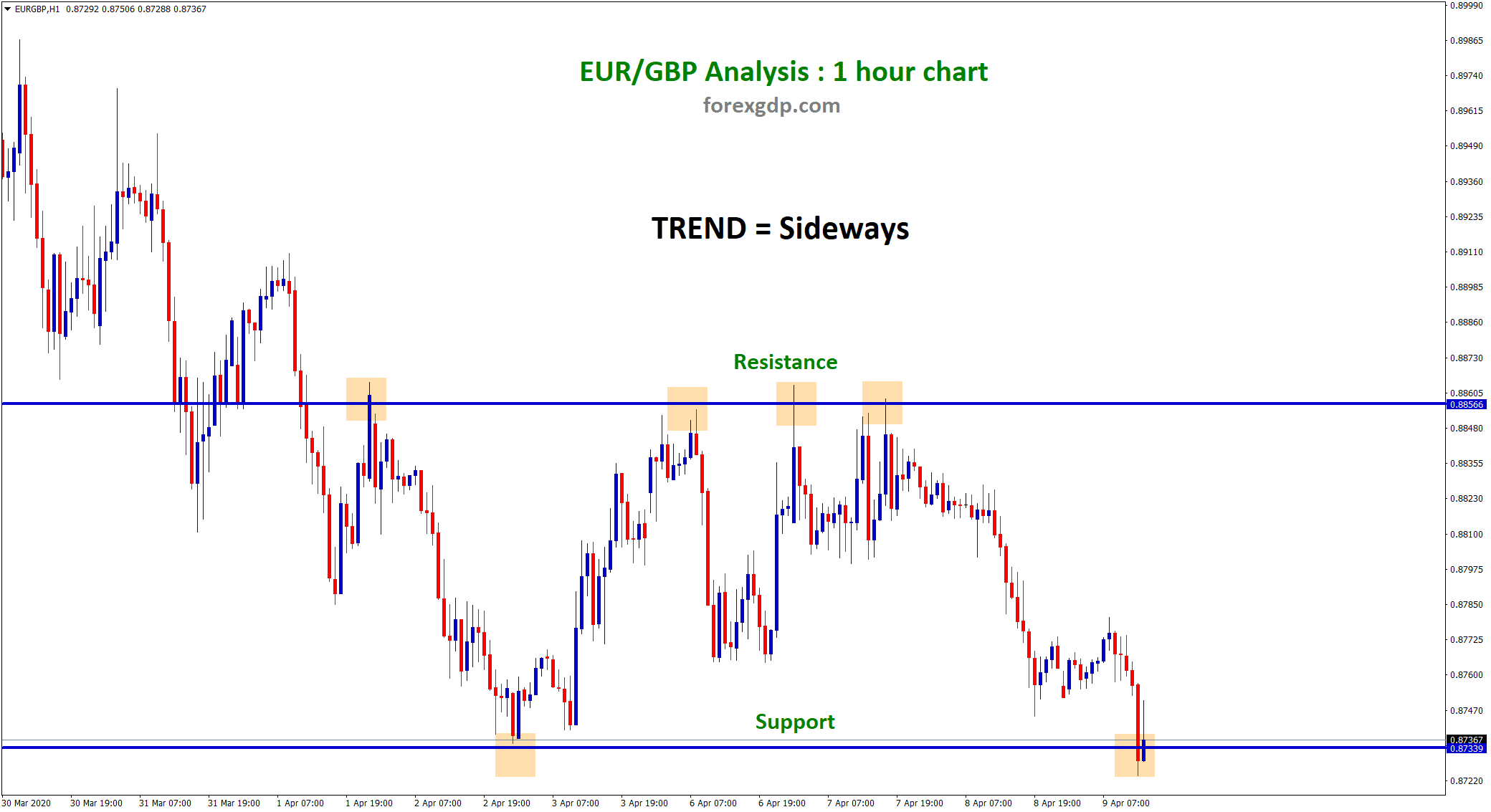GBPUSD is moving in an Ascending channel, and the market has fallen from the higher high area of the channel
#GBPUSD Analysis Video
The British Pound Faces Pressure: What Does This Mean for Investors?
The financial world is always buzzing with updates, especially when it comes to major currencies like the Pound Sterling (GBP) and the US Dollar (USD). Recently, the British Pound has been facing some pressure, and as an investor or someone interested in the market, you might be wondering what’s going on and what this means for the future. In this article, we’ll break down what’s happening with the Pound, the US Dollar, and some key economic events that could impact these currencies. So, let’s dive in!
The Current State of the Pound Sterling (GBP)
The British Pound has been struggling to maintain its strength against the US Dollar, falling from a critical resistance point. Even though the US Dollar has seen some recovery, its long-term outlook remains vulnerable due to various economic factors, particularly related to the Federal Reserve’s (Fed) policies. But why is the Pound dropping, and what can we expect moving forward?
BoE’s Interest Rate Outlook
A significant reason for the pressure on the British Pound is the evolving stance of the Bank of England (BoE) regarding interest rates. BoE Governor Andrew Bailey recently stated that interest rates in the UK are likely to gradually decline. This statement has left investors speculating about the future of the Pound, as lower interest rates typically make a currency less attractive to investors.
Governor Bailey’s comments suggest that the UK’s inflation levels are expected to stabilize around the BoE’s target of 2%. This outlook implies that, while inflation is under control, a gradual reduction in interest rates could occur over time, making it less appealing for investors who seek higher returns. Despite these predictions, Bailey has reassured the public that interest rates won’t fall to the historic lows experienced during the pandemic.
Inflation Concerns
While inflation in the UK has recently been hovering near the BoE’s target, there are still areas of concern, particularly in the services sector. Inflation in this sector remains higher than expected, which has led policymakers to keep a close eye on the Consumer Price Index (CPI) for services. Megan Greene, another BoE policymaker, has echoed the sentiment that interest rate cuts need to be gradual to keep inflation in check. This balancing act between controlling inflation and managing interest rates has created uncertainty for the Pound.
What’s Happening with the US Dollar (USD)?
On the other side of the Atlantic, the US Dollar has also been experiencing its share of challenges. While it has shown a slight recovery recently, it is still vulnerable due to the Federal Reserve’s ongoing policy decisions. So, what’s driving the US Dollar’s movements?
Federal Reserve’s Rate Cuts
The Fed recently initiated a cycle of interest rate cuts, which has contributed to the Dollar’s weaker performance. After a 50-basis point rate cut, the central bank is expected to continue easing rates, with further reductions anticipated by the end of the year. This move is part of the Fed’s strategy to revive the US labor market and bring inflation back to its 2% target.
GBPUSD is moving in a descending channel, and the market has reached the lower high area of the channel
However, not all policymakers are in agreement about the pace and size of these cuts. For instance, Fed Governor Michelle Bowman has advocated for a more gradual approach, supporting smaller, 25-basis point cuts. This internal debate within the Fed has added to the uncertainty surrounding the future of the US Dollar.
What Investors Are Watching
As we move forward, one key event investors are watching closely is the upcoming release of the US Personal Consumption Expenditures (PCE) Price Index data. This report is the Fed’s preferred measure of inflation, and it will provide important clues about the direction of future interest rates. Economists are predicting that core inflation could rise slightly, which may influence the Fed’s decisions in the coming months.
For investors, this data will be crucial in determining whether the US Dollar will continue its recovery or face further weakness. A higher-than-expected inflation reading could prompt the Fed to slow down its rate-cutting plans, which could boost the Dollar. On the other hand, a lower reading might reinforce the case for more aggressive rate cuts, weakening the Dollar further.
How Do These Factors Affect the GBP/USD Pair?
The interplay between the British Pound and the US Dollar is always of interest to traders and investors. Currently, the GBP/USD pair is facing pressure from both sides, with the Pound weakening due to the BoE’s dovish stance on interest rates and the Dollar struggling with its own vulnerabilities tied to the Fed’s policies.
Short-Term vs. Long-Term Outlook
In the short term, the US Dollar’s recent recovery has put some downward pressure on the Pound. However, if the Fed continues to cut rates aggressively, the Dollar could weaken, providing some relief for the Pound.
In the long term, much will depend on the trajectory of inflation in both the UK and the US, as well as the respective central banks’ responses. For now, it seems that both currencies are in a state of flux, with neither showing a clear advantage over the other.
Final Thoughts: What Should Investors Do Next?
So, what does all of this mean for investors? If you’re trading or investing in the GBP/USD pair, it’s essential to keep a close eye on both central banks’ actions and economic data releases.
Here are a few things to watch for in the coming weeks:
- BoE’s Next Moves: Keep track of any announcements from the Bank of England, especially regarding interest rate decisions. A more hawkish (i.e., less dovish) stance could strengthen the Pound, while further signs of gradual rate cuts might continue to weaken it.
- US Inflation Data: The US PCE inflation report will be a key driver of the US Dollar’s performance. A higher inflation reading could prompt the Fed to slow down its rate cuts, which would likely boost the Dollar.
- Fed’s Policy Meetings: The Federal Reserve has two more policy meetings this year, and any decisions made during these meetings will have a significant impact on the USD. Be sure to monitor the outcome of these meetings and adjust your investment strategy accordingly.
In these unpredictable times, staying informed and flexible is the key to success in the currency markets. By keeping an eye on both the British Pound and the US Dollar, as well as the economic factors influencing them, you can make more informed decisions and navigate the volatility with greater confidence.
Don’t trade all the time, trade forex only at the confirmed trade setups
Get more confirmed trade signals at premium or supreme – Click here to get more signals , 2200%, 800% growth in Real Live USD trading account of our users – click here to see , or If you want to get FREE Trial signals, You can Join FREE Signals Now!








